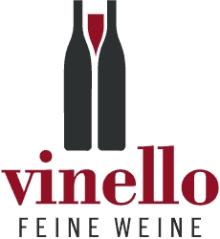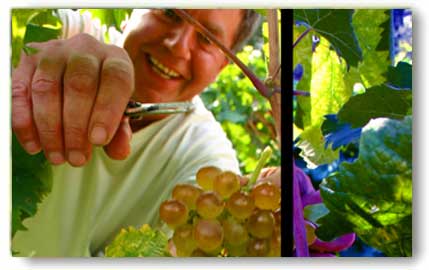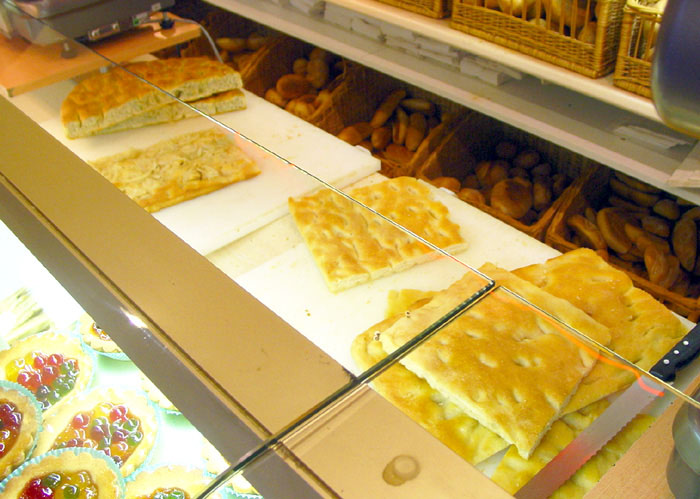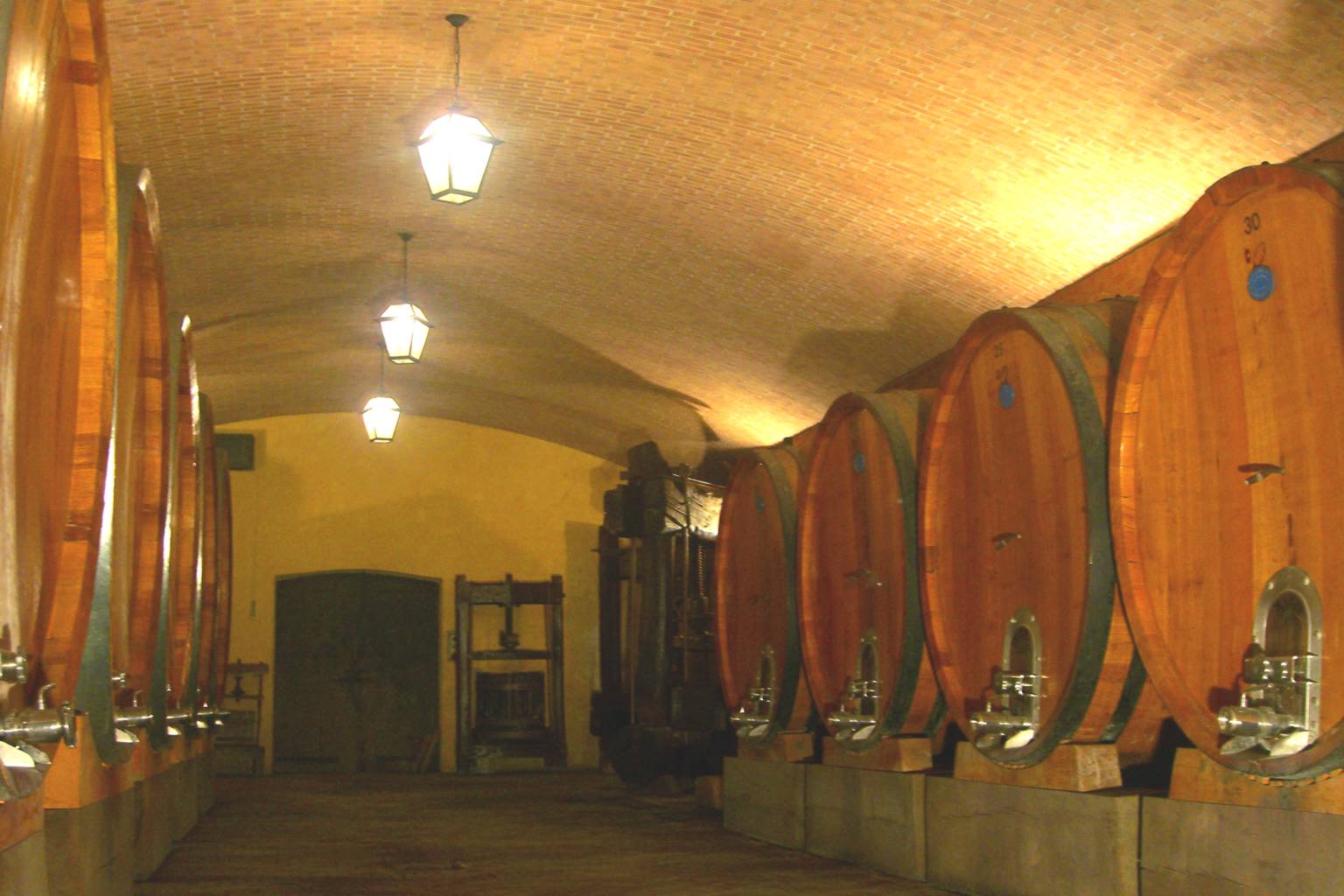by Martin Field
In Noosa it’s spring, and the last few weeks have been unseasonably hot and humid. Our latitude is around 26° south; if Noosa was in the northern hemisphere it would be at a similar latitude to Miami, Florida. Hardly an ideal climate for the lengthy cellaring of wine.
Daily temperatures have hovered around 20°C minimum and 28°C maximum. The humidity is often in the 70 to 80 percent plus range. This is warm and humid enough to require refrigeration of bread, tomatoes and chocolate to stop them spoiling quickly. Oh, and to call for ice blocks in a glass of red*. As summer approaches, it will no doubt get a great deal hotter. (*Naturally, when I’m drinking a superior red, I use ice blocks made only from superior bottled water.)
Why is heat a problem for wine cellaring? Well, the ageing of wine is essentially a prolonged chemical reaction. That is, you leave a bunch of chemicals and water in a glass container, usually sealed with a wet bit of tree, for an undefined length of time. Wine ‘connoisseurs’ optimistically hope that doing this will eventuate in an ‘improved’ wine. A risky business in a cool climate, let alone the sub-tropics.
The trouble with warm climate cellaring, scientists tell us, is that for every increase of 10°C applied to a chemical solution, the rate of chemical reaction in that solution will double. Theoretically, this means that if you store your case of 1998 Grange at an average temperature of 15°C, and I store mine at an average of 25°C, my case will age (i.e. improve/deteriorate) twice as fast as yours.
Reds and whites oxidise over time, and heat speeds up this oxidation. Oxidised wines lose their youthful fruitiness and develop secondary winey characteristics. Prematurely oxidised wine will quickly acquire aromas and flavours that will remind tasters of sherry. As wine ages and oxidises it also changes colour: whites become darker and eventually turn a light brownish hue. In red wine, youthful vibrant purples will disappear; the wine will become lighter in colour and will end up a murky brown.
Heat can also make wine expand in the bottle. This expansion can move corks a little, leading to leakage and consequent acceleration of the oxidative process. Wine prematurely aged by heat will soon look muddy, and smell and taste coarse, fat and flabby.
Before we left Melbourne, in anticipation of our move to the warm Noosa climate, we drank as many of the older reds and chardonnays as humanly possible and sold off a few cases at auction. We brought the younger vintages to the new house.
So, I hear you say, Whaddami gunna do if I live in a hot climate and can’t cellar my wine properly?
To safeguard the wine collection I guess you could buy one of those expensive wine fridges that control temperature and humidity. Alternatively, you could lash out and create a climate-controlled cellar in the basement – if you have the spare cash, and a basement. But I’d rather spend my money on wine. For the time being I simply store the better stuff in the coolest, darkest part of the house, which happens to be the floor of a linen closet.
The simple alternative is to buy young wines and drink them while they’re young.





